-
 Bitcoin
Bitcoin $118000
-0.23% -
 Ethereum
Ethereum $3651
1.66% -
 XRP
XRP $3.423
-1.58% -
 Tether USDt
Tether USDt $1.001
-0.02% -
 BNB
BNB $742.8
0.69% -
 Solana
Solana $177.8
0.30% -
 USDC
USDC $0.9999
0.01% -
 Dogecoin
Dogecoin $0.2539
0.03% -
 TRON
TRON $0.3199
-1.74% -
 Cardano
Cardano $0.8382
0.59% -
 Hyperliquid
Hyperliquid $44.83
0.05% -
 Stellar
Stellar $0.4602
-1.49% -
 Sui
Sui $3.850
0.58% -
 Chainlink
Chainlink $18.62
2.56% -
 Hedera
Hedera $0.2681
0.97% -
 Avalanche
Avalanche $24.63
3.07% -
 Bitcoin Cash
Bitcoin Cash $522.5
0.96% -
 Shiba Inu
Shiba Inu $0.00001507
-0.80% -
 Litecoin
Litecoin $113.6
9.75% -
 UNUS SED LEO
UNUS SED LEO $8.994
0.24% -
 Toncoin
Toncoin $3.197
-0.43% -
 Polkadot
Polkadot $4.361
1.13% -
 Uniswap
Uniswap $10.45
1.41% -
 Monero
Monero $327.5
0.65% -
 Ethena USDe
Ethena USDe $1.001
-0.03% -
 Bitget Token
Bitget Token $4.992
-1.12% -
 Pepe
Pepe $0.00001355
0.67% -
 Dai
Dai $1.000
0.01% -
 Aave
Aave $322.6
0.15% -
 Bittensor
Bittensor $415.5
0.88%
What is a decentralized identity (DID)?
Decentralized Identity (DID) empowers individuals with full ownership and control over their digital identities, promoting privacy, security, and reducing fraud.
Feb 18, 2025 at 10:42 pm

Key Points:
- Definition of Decentralized Identity (DID)
- Benefits of Using DIDs
- Steps to Create a DID
- Examples of DID Use Cases
- FAQs on Decentralized Identity
What is a Decentralized Identity (DID)?
Decentralized Identity (DID) is a new paradigm for managing digital identities. Unlike traditional centralized identity systems, where a single entity controls access to user data, DIDs are based on blockchain technology and give individuals full control over their own identities. With a DID, users can verify their identity and conduct transactions without relying on third parties, reducing the risk of fraud and data breaches.
Benefits of Using DIDs:
- Empowerment and Control: DIDs provide individuals with complete ownership and control over their digital identities, empowering them to decide who has access to their data and when.
- Increased Privacy and Security: By eliminating the need for third-party verification, DIDs enhance privacy and safeguard personal data from malicious actors.
- Reduced Fraud and Cybercrime: DIDs enable secure and verifiable authentication, minimizing the risk of identity theft and other cybercrimes.
- Improved Interoperability: DIDs facilitate interoperability across different blockchain networks, allowing users to access services and applications without facing compatibility issues.
Steps to Create a DID:
- Generate a DID Document: The DID document is a JSON file that contains essential information about the DID, such as the DID itself, the public key, and other metadata.
- Publish the DID Document: The DID document is published on a decentralized network, such as a blockchain, to make it globally accessible and verifiable.
- Store the DID: Users can store their DIDs in a DID wallet or other secure storage solution to manage and access them conveniently.
Examples of DID Use Cases:
- Secure Authentication: DIDs can be used for secure authentication in various online platforms and services, eliminating the need for usernames and passwords.
- Digital Identity Proof: Individuals can use DIDs to prove their identity in a verifiable and tamper-proof manner, such as for KYC (Know Your Customer) processes.
- Decentralized Social Networking: DIDs can enable decentralized social networking where users have full control over their profiles and interactions.
- Data Sharing and Management: DIDs provide a secure and privacy-preserving way for individuals to share and manage their data with trusted parties.
FAQ on Decentralized Identity:
- Q: What is the difference between a DID and a traditional identity?
- A: A DID gives individuals complete control over their own digital identity, unlike traditional identities controlled by centralized authorities.
- Q: How do I create a DID?
- A: You can follow the steps outlined in the article to generate, publish, and store your DID.
- Q: What are the benefits of using DIDs?
- A: DIDs offer enhanced privacy, security, reduced fraud, and improved interoperability compared to traditional identities.
- Q: What are some examples of DID use cases?
- A: DIDs are used in secure authentication, digital identity proof, decentralized social networking, and data sharing and management.
Disclaimer:info@kdj.com
The information provided is not trading advice. kdj.com does not assume any responsibility for any investments made based on the information provided in this article. Cryptocurrencies are highly volatile and it is highly recommended that you invest with caution after thorough research!
If you believe that the content used on this website infringes your copyright, please contact us immediately (info@kdj.com) and we will delete it promptly.
- Labubu Memecoin Mania: When Collectibles Craze Meets Cryptocurrency
- 2025-07-20 16:30:13
- Crypto Traders Pivot: Is BlockchainFX the New PEPE, BONK, or Dogecoin?
- 2025-07-20 17:15:12
- Bitcoin Downturn Strategy: Navigating the Crypto Storm
- 2025-07-20 14:30:12
- Floki's Technical Breakout: Ready to Pounce or About to Bounce?
- 2025-07-20 14:50:12
- Toncoin (TON) Technical Analysis: Riding the Bullish Momentum Wave
- 2025-07-20 14:50:12
- Whale Deposits, Bybit, and SPX Worth: Decoding the Crypto Signals
- 2025-07-20 14:30:12
Related knowledge
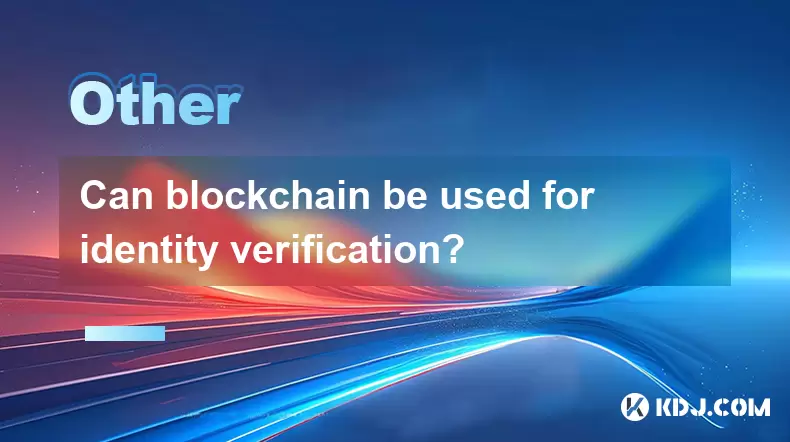
Can blockchain be used for identity verification?
Jul 18,2025 at 02:14pm
Understanding Identity Verification in the Digital AgeIn the modern digital landscape, identity verification has become a critical component for ensur...
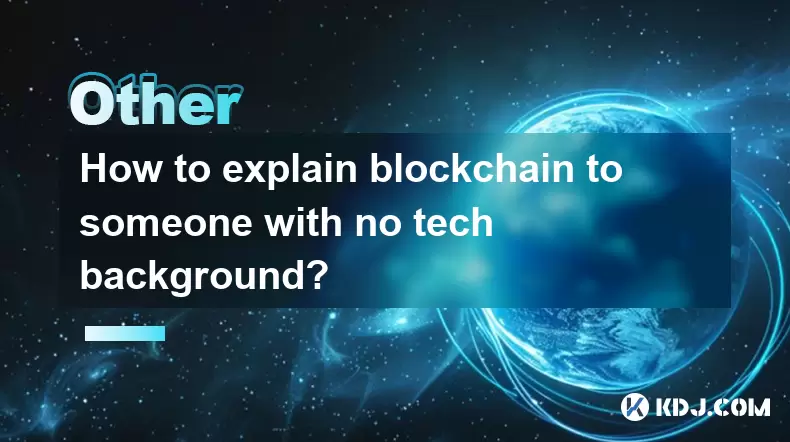
How to explain blockchain to someone with no tech background?
Jul 18,2025 at 11:08pm
Understanding the Basics of BlockchainTo explain blockchain to someone with no tech background, it's essential to start with simple analogies and avoi...
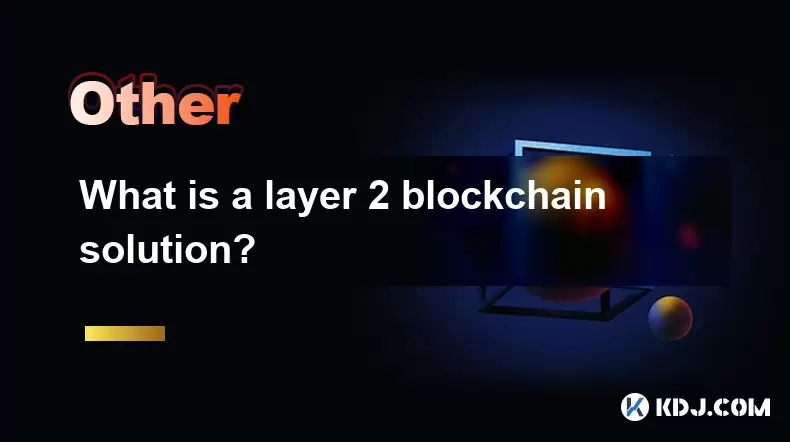
What is a layer 2 blockchain solution?
Jul 20,2025 at 01:42am
Understanding the Concept of Layer 2 BlockchainA layer 2 blockchain solution refers to a secondary framework or protocol built on top of an existing b...

Is blockchain a bubble?
Jul 20,2025 at 06:49am
Understanding the Concept of a BubbleA bubble in financial terms refers to a situation where the price of an asset rises far above its intrinsic value...
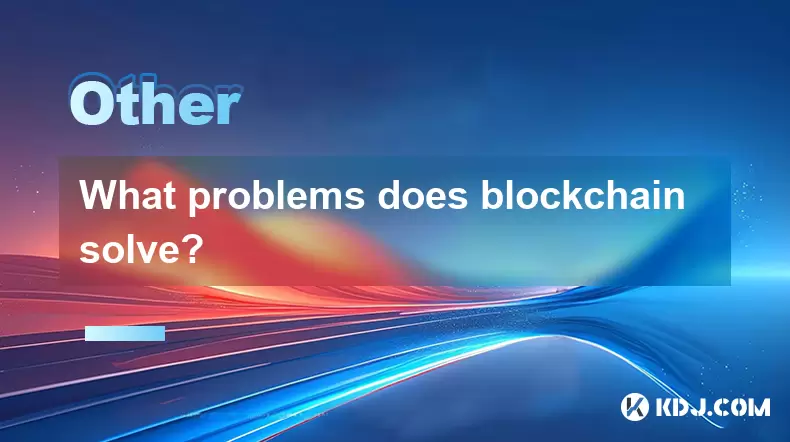
What problems does blockchain solve?
Jul 19,2025 at 12:01pm
Decentralization and Trustless SystemsBlockchain technology fundamentally addresses the issue of centralized control and trust in traditional systems....
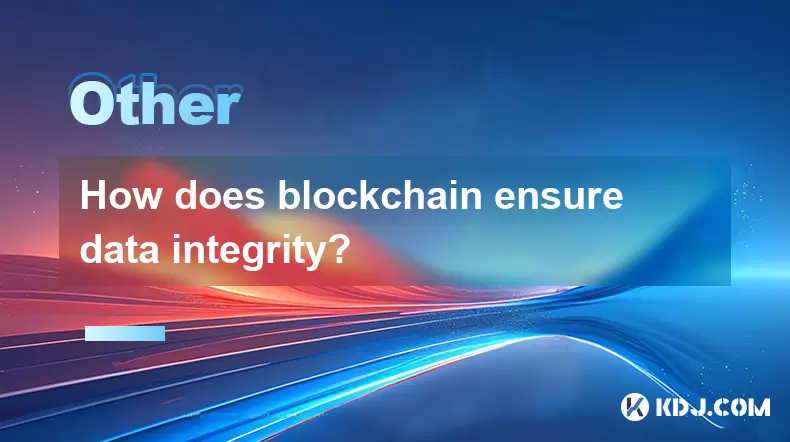
How does blockchain ensure data integrity?
Jul 19,2025 at 08:14pm
Understanding Data Integrity in BlockchainData integrity refers to the accuracy and consistency of data throughout its lifecycle. In the context of bl...

Can blockchain be used for identity verification?
Jul 18,2025 at 02:14pm
Understanding Identity Verification in the Digital AgeIn the modern digital landscape, identity verification has become a critical component for ensur...

How to explain blockchain to someone with no tech background?
Jul 18,2025 at 11:08pm
Understanding the Basics of BlockchainTo explain blockchain to someone with no tech background, it's essential to start with simple analogies and avoi...

What is a layer 2 blockchain solution?
Jul 20,2025 at 01:42am
Understanding the Concept of Layer 2 BlockchainA layer 2 blockchain solution refers to a secondary framework or protocol built on top of an existing b...

Is blockchain a bubble?
Jul 20,2025 at 06:49am
Understanding the Concept of a BubbleA bubble in financial terms refers to a situation where the price of an asset rises far above its intrinsic value...

What problems does blockchain solve?
Jul 19,2025 at 12:01pm
Decentralization and Trustless SystemsBlockchain technology fundamentally addresses the issue of centralized control and trust in traditional systems....

How does blockchain ensure data integrity?
Jul 19,2025 at 08:14pm
Understanding Data Integrity in BlockchainData integrity refers to the accuracy and consistency of data throughout its lifecycle. In the context of bl...
See all articles

























































































